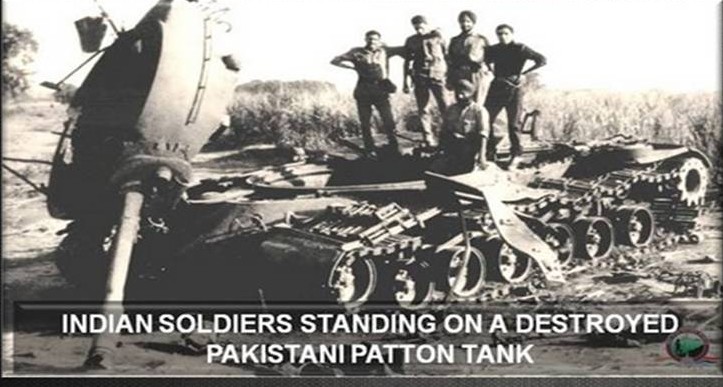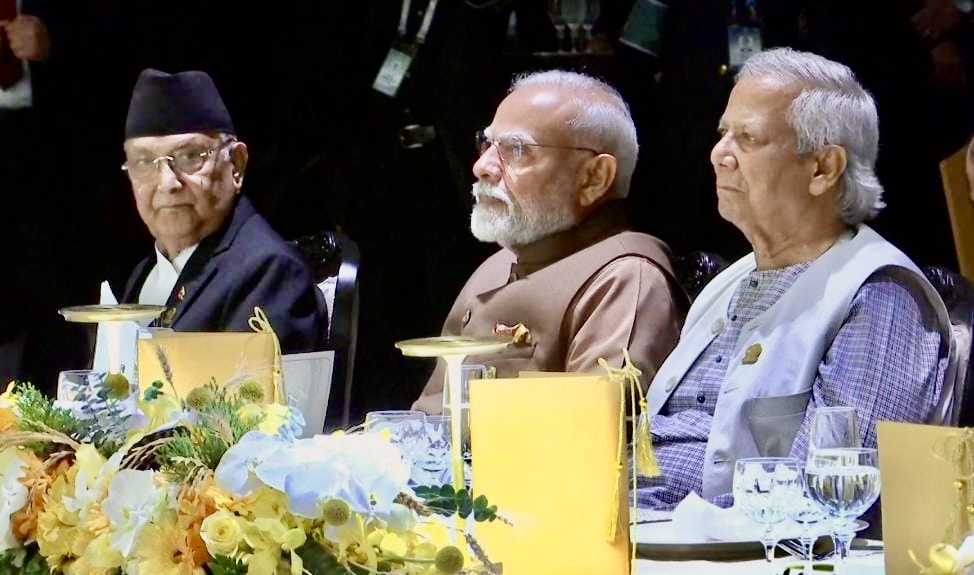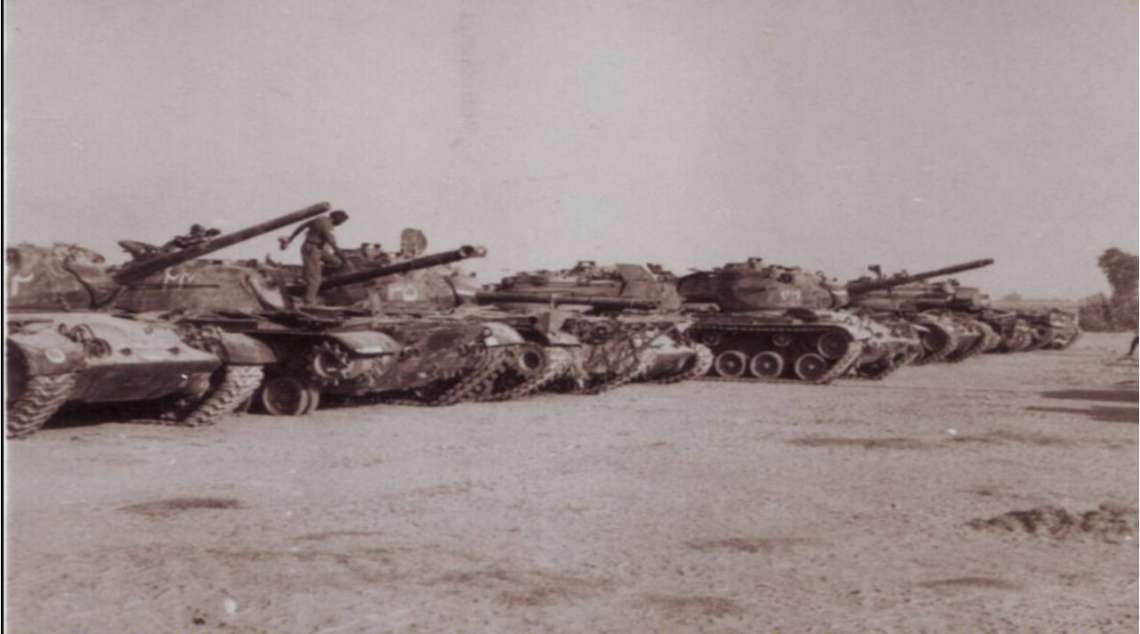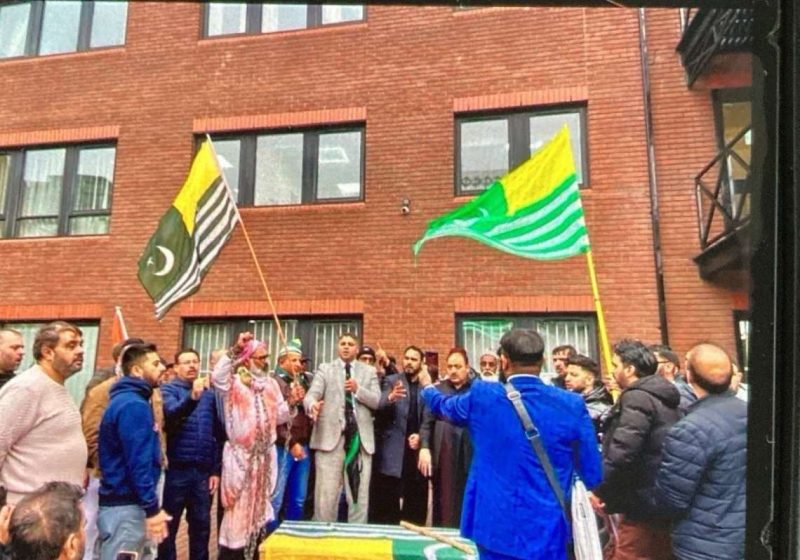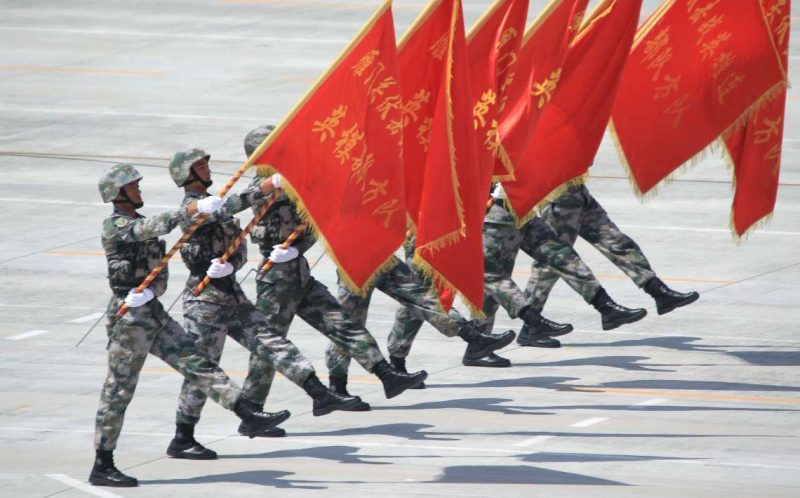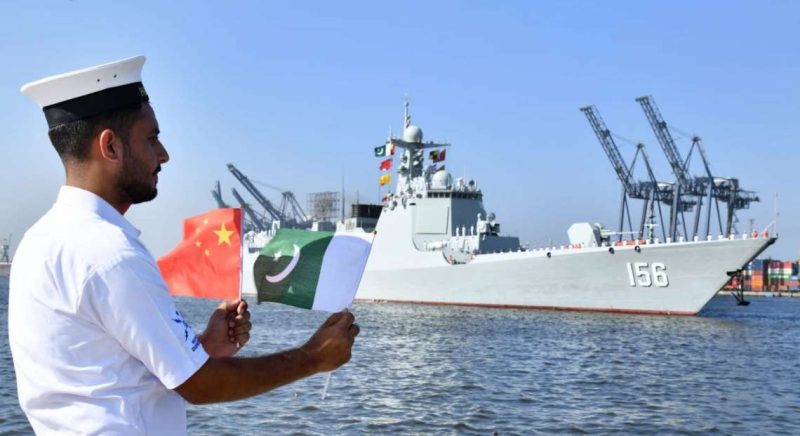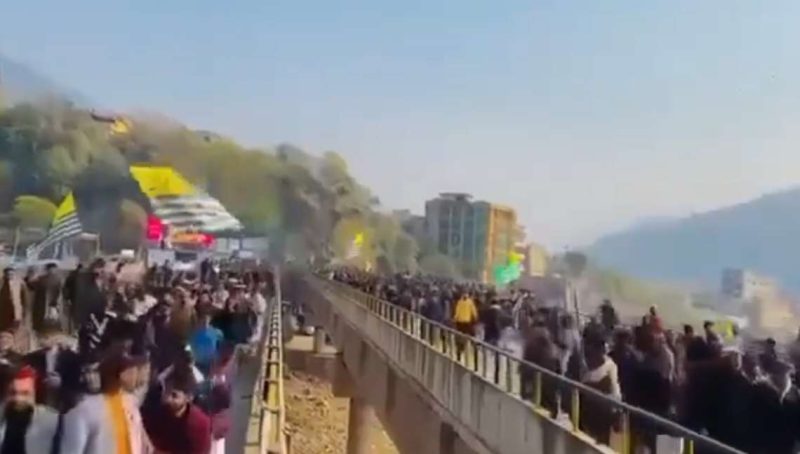The battle was part of the Indo-Pakistani War of 1965 and marked a decisive turning point for the Indian Army in the Sialkot offensive, followed soon after by the larger Battle of Chawinda, writes Major General RPS Bhadauria (Retd)

The Battle of Phillora, which took place between September 10 and 12, 1965, in the Sialkot area of Punjab, Pakistan, was one of the largest tank battles since World War II. The battle was part of the Indo-Pakistani War of 1965 and marked a decisive turning point for the Indian Army in the Sialkot offensive, followed soon after by the larger Battle of Chawinda.
India’s 1st Armoured Division led the assault, equipped mainly with Centurion tanks and supported by a lorried Infantry Brigade. The Pakistani counter consisted of its 6th Armoured Division and elements of the 15th Infantry Division, relying heavily on US-supplied M48 Patton tanks. The Indian Army captured Phillora on September 11, forcing a Pakistani retreat to Chawinda despite difficult terrain and weather conditions.
What Role did Terrain and Weather Play in the Battle?
The Phillora sector was dominated by dense paddy, sugarcane and maize fields, making armoured manoeuvre difficult. Post-monsoon soil was soft, and visibility was poor. Indian forces capitalised on these conditions. The 1st Armoured Division used the tall crop cover to conceal movement and concentrate firepower without detection.
Indian troops advanced on a narrow 2,000-yard frontage in single-squadron-up formations for tighter coordination. Units like 17 HORSE captured high ground northeast of Phillora, gaining advantageous firing positions. Pakistani defences were built around conventional routes and were caught off guard by India’s cross-country approach. Their static fortifications were outmanoeuvred, clearing the way for India’s push.
Historical tank battles
Interestingly, Pakistan’s first dictator, President Ayub Khan, who self-promoted to the rank of Field Marshal, was the son of Risaldar Major Mir Dad Khan, of 9th Hodson’s Horse, the same regiment in the Indian Army that was credited with destroying the most Pakistan Army tanks. An Indian television channel, Times Now, televised a series titled ‘Tales of Valour,’ highlighting exceptional gallantry in all wars fought by India since Its Independence. It was conceived, curated and anchored by Maroof Raza. The series aired the episode of the Battles of Phillora and Chawinda.
Disaster for the enemy
An excerpt from the account of the Regiment covering the 1965 war, written by Lt. Col. (later Brig.) MMS Bakshi, MVC, who was the commanding officer of 4 HORSE during that war, aptly records the events leading to the capture of Phillora. “By 11 Sep, Hodsons’ Horse had put a tight squeeze on Phillora. We were not only keeping the enemy’s Phillora defences fully engaged but also destroying everything falling back from the Gadgor defences. Meanwhile, 17 HORSE had also fetched up from the direction of Libbe and made contact with Phillora from the South and South West. Thus, our armour had virtually put a ring around Phillora and threatened its lifeline to Chawinda. Just after midday, we intercepted an enemy wireless message. ‘We are pulling out from Chobara, Gadgor and Phillora. One of our units has been overrun at Gadgor, and we are pulling back to Fatehpur.
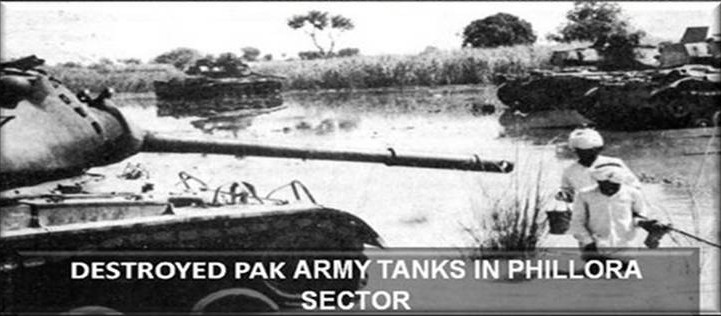
“The enemy had evidently been unnerved. Not much of this force was, however, allowed to escape to Phillora as ‘A’ Squadron was lying in wait for it in area Wachoke-Saboke and decimated the bulk of its mobile elements moving by road. By 1530 hours, Phillora was taken by 17 HORSE and 43 Lorried Infantry Brigade. Much booty was left behind by the enemy at Phillora. A jeep belonging to the GOC of the 6 Armoured Division, complete with his flag and star plates, was captured intact.
Besides a map lorry with a good stock of maps and the usual paraphernalia of a hastily abandoned HQ, the area was found littered all over. Thus, our problem of maps was solved for good. “In this battle, 51 enemy tanks were destroyed by 1 Armoured Brigade, of which 4 (Hodon’s) Horse accounted for 27. Our Brigade had suffered six tanks destroyed and nine damaged. Other than my tank, we had no tank losses in 4 Horse, and none were seriously damaged. This was the first big day for the Regiment, and all the squadrons had done their job magnificently.
“For the enemy, it was a disaster of the first magnitude. Severely punished in his first major armour clash with us, his morale was so badly shaken that he gave up the fight for Phillora, which could have otherwise been a tough nut to crack. It was also a classic example of armour turning the flank and destroying superior forces by skilful manoeuvre and surprise. By delivering this crushing blow, we had established our moral ascendancy over the enemy to such an extent that from then on, he fought shy of facing us with his armour in a mobile battle. In the days that followed, he repeatedly abandoned his tanks as soon as our tanks challenged him to a duel. Many such tanks later fell into our hands intact.”
War Heroes
While the regiment got 43 gallantry awards, a few words about some personnel are worth mentioning. The actions of the tank crews led by Lt Col MMS Bakshi, Maj Bhupinder Singh, and many others reflect the fearlessness with which they fought, keeping their cupolas open and not abandoning their tanks despite taking up to four hits, bailing out only when the tanks actually caught fire. Severely burnt, Maj Singh was evacuated to Army Hospital, Delhi Cantt, where he died about ten days later.
Pakistani tank crews bailed out on getting hit once, even if their tanks’ main guns and/or machine guns were functional. Lieutenant (later Colonel) Ashok Sodhi was a victim of Pakistani armour’s poor gunnery, when an APDS (armour-piercing discarding sabot) round failed to hit the tank but went over it and grazed his skull, shattering a three-inch diameter part of it. He was in a coma in Army Hospital Delhi for over 30 days, after which he recovered and got a new lease of life with a plate covering the shattered part of his skull.
Lt Charanjit Singh was killed by being hit in the head during air strafing. Capt (later Brigadier, Sena Medal, 1971) Jasbir Singh Hundal, the Reconnaissance Troop Leader, had many near misses while operating in an open jeep throughout the duration of the war. Lt. (later Lt Col) SC Mathur, Mentioned in Despatches for bravery, an emergency commissioned officer then, received release orders during the war. On strong recommendations for his valour, he was eventually retained and granted a permanent commission. Capt Ravi Malhotra, Regimental Signal Officer/Intelligence Officer in Col Bakshi’s tank, was recommended for Vir Chakra but got mentioned in despatches. The only Vir Chakra for outstanding valour was awarded to Lance Dafadar Udham Singh, posthumously. Maj Desraj Urs lost sight in one eye in which he was hit.
Even though Hodson’s Horse was pitched into the 1965 war almost four and a half decades after World War I, it retained and displayed its typical fierce fighting spirit while adapting swiftly to fast-changing situations and almost always achieving aims beyond its higher commanders’ expectations. The regiment’s tally of destroying 79 tanks and 17 RCLs (recoilless guns) of the enemy was most likely the highest during that war. And, quite typically in the end, the regiment maintained its utmost modesty in projecting its achievements.
Then, Prime Minister Lal Bahadur Shastri visited the Army Hospital, Delhi Cantt, to meet the army personnel injured in the war. When he came near the bed of the severely injured Maj. Bhupinder, the braveheart, said he was sorry he could not stand and salute the Prime Minister. Shastri never forgot this incident. In the few months before his unnatural and untimely death in Tashkent, Shastri had often mentioned Maj Bhupinder’s words and his lively spirit.
The battle was a tactical win for India—Phillora was captured, Pakistani armoured strength was degraded, and Indian tank tactics proved effective against technologically superior US-supplied Pattons. However, the broader advance was halted at the Battle of Chawinda, where Pakistan managed to stabilise its lines. The Sialkot offensive, including Phillora, ended with the UN-mandated ceasefire on 22 Sep 1965. India retained approximately 518 square kilometres in the sector by war’s end. The battle remains one of the largest armoured engagements in South Asian military history and a defining moment in India’s armoured warfare legacy.
(Maj Gen. RPS Bhadauria (Retd) is the Additional Director General of the Centre for Land Warfare Studies (CLAWS), New Delhi, and was formerly the Director of the Centre for Strategic Studies & Simulation (CS3) at USI of India, having served in the Indian Army for 36 years.)


